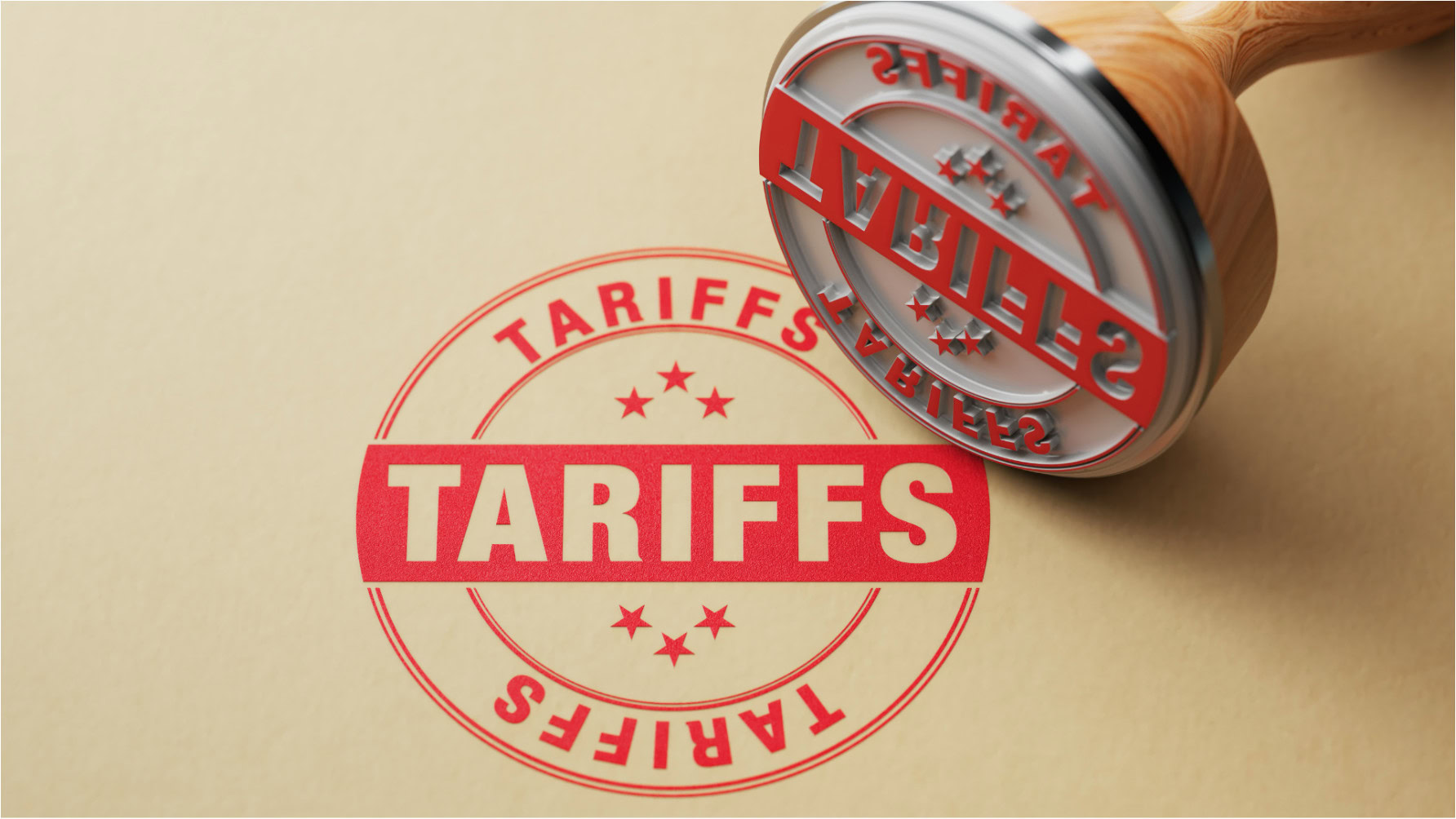
Our client, a well-established wholesaler based in Ontario, has built a strong reputation offering high-quality products to a loyal and expanding customer base in Canada. The client has a competitive edge in the market due to its established brand and strong customer relationships.
While the some of the client’s products are tariff exempt under current regulations, the imminent introduction of tariffs on other products poses a serious risk. These products are sold into the U.S. market, where tariffs are likely to apply, complicating the client’s supply chain and pricing strategies. Additionally, the client imports products from the US, where the manufacturing facility is at capacity, leading to inefficiencies.
In this environment of uncertainty, the client turned to their trusted CFO from the CFO Centre, who continues to demonstrate significant value by helping the business navigate the complex and evolving tariff landscape.
Considerations for Tariffs:
The situation remains fluid as tariffs have not yet been fully implemented, but the risk of imminent tariffs looms large. The key considerations for the client include:
1. Tariff Exemption for Products
While some of the client’s products are considered tariff-exempt, the tariffs on other products sold to U.S. customers create a layer of complexity in the supply chain. The tariffs on these products will directly affect profitability and require careful pricing and sourcing decisions to mitigate negative impacts.
2. Capacity Constraints in US Manufacturer
The manufacturing facility in the US is currently at capacity, which leads to production inefficiencies. This creates an opportunity to evaluate alternative sourcing options, such as working with China, where production costs are lower. However, the logistics of working with Chinese suppliers involve long lead times (approximately one month to fill the order, followed by six weeks for delivery), which presents a challenge for meeting demand in a timely manner.
3. Canadian Manufacturing Option
The client has begun purchasing land to build a new facility in Canada, which opens the possibility of relocating some or all of their manufacturing operations. This option comes with higher production costs, but it could help the client avoid tariff-related challenges on imported product and reduce the risks posed by international logistics. However, labor costs, raw material availability, and the time required to build the facility must all be considered.
4. Foreign Exchange (FX) Risk
As prices are quoted in U.S. dollars, fluctuations in the Canadian dollar pose a significant risk to the client’s margins. Currency movements must be carefully monitored and factored into pricing and sourcing decisions.
5. Profit Margin Review and Pricing Strategy
Given the potential increase in production costs due to tariffs, exchange rate risks, and extended lead times, the client must assess how these factors will affect the profit margin on their products. They must also consider whether to pass some of these costs onto customers without negatively impacting sales.
Ongoing Scenario Planning and Strategic Solutions:
The engagement is ongoing, and our CFO is working closely with the client to help them navigate this period of uncertainty. Given the potential for tariffs to be implemented at any time, the CFO Centre’s approach has been one of comprehensive scenario planning. Here are the ongoing strategies and solutions being explored:
1. Scenario Planning for Tariff Impact
Since the timing of the tariffs is still uncertain, our CFO is helping the client develop multiple scenarios, each with varying assumptions about the impact of tariffs, currency fluctuations, and shipping lead times. This allows the client to be prepared for several possible outcomes, whether the tariffs are implemented soon or delayed further. By examining different tariff schedules, the client can plan accordingly for both best- and worst-case scenarios.
2. Assessing Sourcing from China
While manufacturing in China offers lower production costs, it also presents logistical challenges. The CFO is working with the client to identify opportunities to streamline the supply chain, potentially negotiating with Chinese suppliers to reduce lead times and shipping delays. Additionally, the CFO is exploring ways to hedge against foreign exchange risk, mitigating the impact of currency fluctuations on the client’s bottom line.
3. Evaluating Canadian Manufacturing and South Asian Alternatives
The CFO continues to assess the possibility of manufacturing some products in Canada to avoid tariffs on imported products and reduce reliance on international shipping. While this option comes with higher costs, it also offers greater control over production timelines. The CFO is also exploring other low-cost manufacturing countries in South Asia as alternatives, allowing the client to weigh the benefits of reduced tariffs and shorter shipping times against higher production costs.
4. Long-Term Profitability and Pricing Review
‘The CFO is helping the client evaluate the potential impact of tariff-related cost increases on profitability. A detailed analysis of the product’s markup and margin structure is underway, helping the client assess whether price adjustments are necessary to maintain margins. The CFO is also working with the client to understand customer price sensitivity and determine how much of the cost increase can be absorbed or passed on to the consumer without affecting demand.
5. Building a Flexible Financial Strategy
In these uncertain times, flexibility is key. The CFO is advising the client on building a financial strategy that can absorb short-term pain for long-term gain. By focusing on long-term planning, the client can manage short-term cost increases without making erratic decisions that could harm their business in the future.
This engagement is ongoing, and while specific outcomes are yet to be determined, the value our CFO is bringing to the client’s business is clear. By leveraging strategic financial insights, scenario planning, and expert guidance, the CFO is helping the client navigate the complex tariff landscape with foresight and flexibility. The client is now better positioned to make informed decisions, whether that means sourcing from China, manufacturing in Canada, or adjusting their pricing strategy to maintain profitability.
Hire a superstar part-time CFO
To help you increase cash, profit and valuation and free you up from the burden of day-to-day operations.
